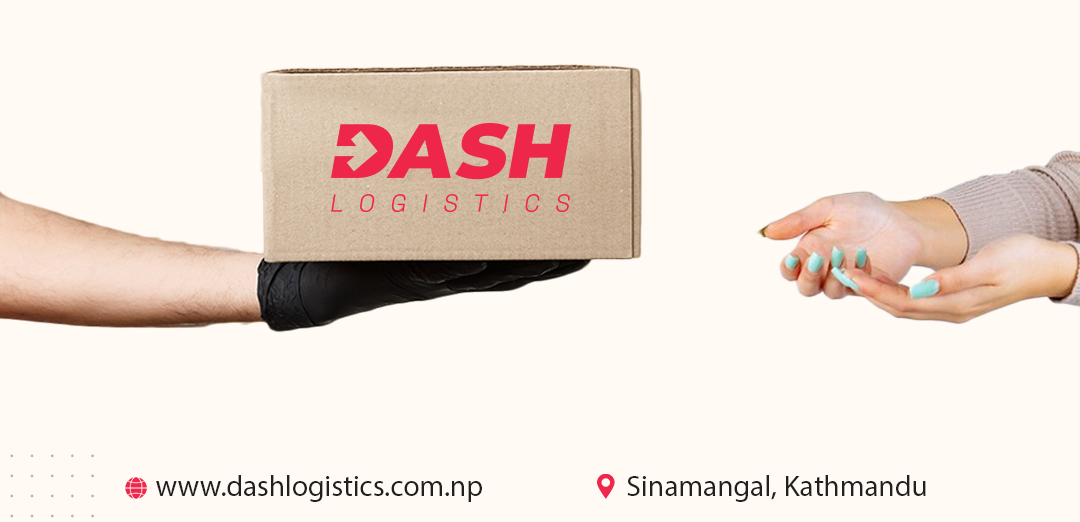
17 Jun,2022
What is Last-Mile Delivery?
In 2020, the ever-complicated last-mile delivery got more chaotic owing to the ongoing pandemic. As e-commerce sales surged over the past year, organizations have had to pay greater attention to all aspects of their supply chains, particularly the last mile. What actually is last-mile delivery? Last-mile delivery is precisely defined as the movement of goods from a transportation hub to the final delivery destination. The final delivery destination is typically a personal residence. The focus of last-mile logistics is to deliver items to the end-user as fast as possible. Companies can get their online orders to customers faster, and customers can get their items when and where they want them. The freedom to make on-demand and scheduled deliveries also ensure that customers are home at the time of delivery eliminating the need for a second (or third) attempt.
Last mile delivery is exactly how it sounds. It concerns itself with the last leg of the delivery, from a transportation hub to the final delivery destination, which tends to be the customer’s home address or workplace. As such, final mile delivery has one broad goal: To deliver the products as fast as possible. There are multiple reasons why it is important. Today, logistics is actually the only touch point between a customer and a brand, hence making the last mile extremely critical. Last mile delivery is not only important for customer retention, but it also tends to be the least efficient and most expensive part of the delivery process. In fact, the total cost of last mile delivery can amount up to half of your total logistics costs.
In conclusion, Last mile is a delicate process full of obstacles. Solving possible problems and safeguarding the satisfaction of your customers, while reducing your logistics costs, is the key to achieving optimised last-mile deliveries.
Upama Rajbhandari
Marketing Officer
DASH LOGISTICS
Related Blogs



